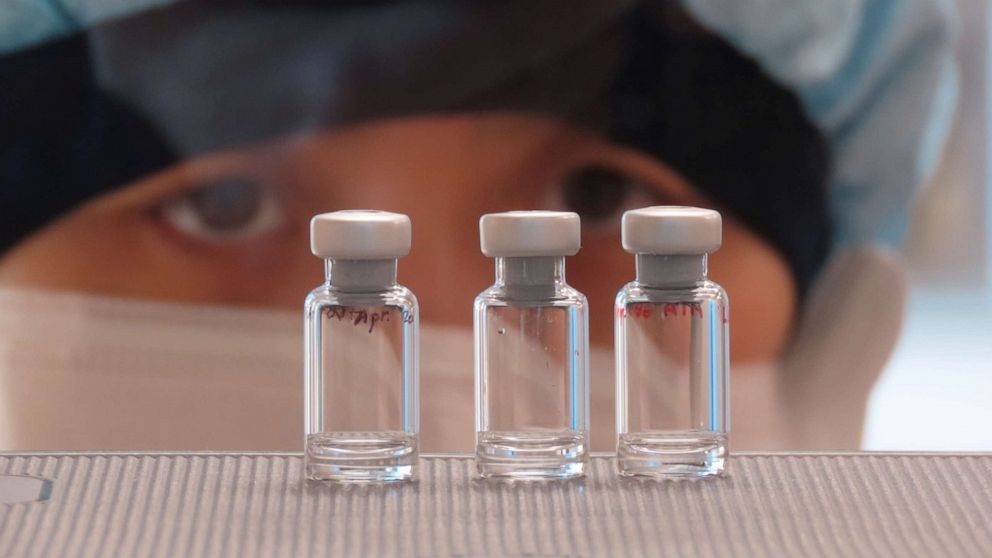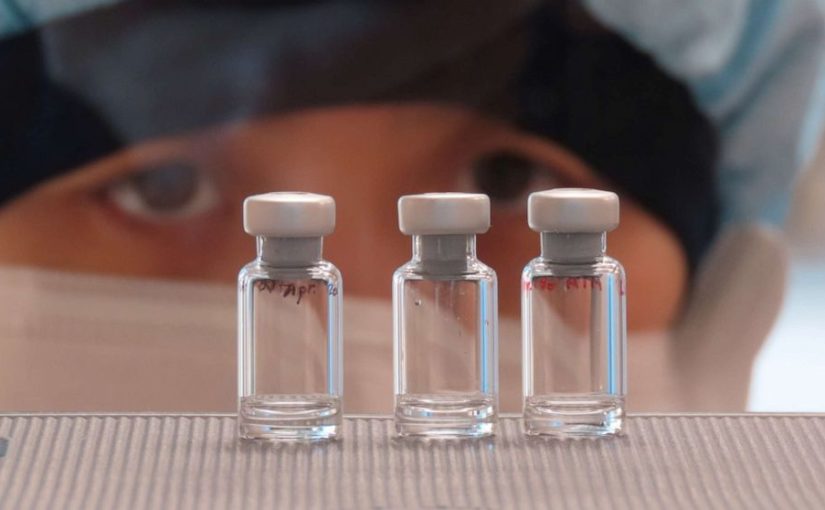By Raj Saha VI
Throughout the past two months, many organizations have sought to prevent the social, economic, and health impacts of coronavirus. While much emphasis has been placed on the social and economic implications, we must remember that this a health crisis at its root. The invisible clouds of fear encircling our communities and the plunging of stock markets are simply ramifications of an insidious virus amongst us. So, if we were able to create a remedy and neutralize the virus, all social and economic consequences would diminish. Thankfully, there is hope. With the collaboration of brilliant minds from biotech and pharmaceutical companies, government agencies, and academia, we have developed our own intellectual army to combat COVID-19. All of these people are together in the quest to substantially reduce the mortality rates of this virus, hopefully to levels similar to influenza (flu) virus.
These therapeutics would not only help lower mortality rates but would also be beneficial to alleviate the pressure on the healthcare system.
As for antidotes meant to combat coronavirus, we have managed to develop three different types of treatments, which are antivirals, vaccines, and anti-inflammatories. Antivirals are medicines to combat specific viruses by inhibiting their development. One of the most well known of these is Remdesivir, a drug made by Gilead Sciences, which blocks an enzyme for viral reproduction. These therapeutics would not only help lower mortality rates but would also be beneficial to alleviate the pressure on the healthcare system. As a consequence, the burden of manufacturing everything from personal protective equipment and ventilators would significantly abate due to fewer patients in the intensive care setting. Early results for Remdisivir look promising. A randomized trial which began on February 21st has shown a difference in lengths of hospital stays between people who took Gilead’s drug and those who took a placebo.

A second possible treatment for coronavirus is vaccines. This prophylactic is especially critical for the immunocompromised and older populations. One type of coronavirus vaccine would generate antibodies to block the spike protein on the edge of the virus, making it challenging to enter your cells. An example of such a vaccine is being tested by Moderna, a biotech company that has developed an mRNA vaccine previously targeting SARS and MERS, both viruses with a similar spike protein. In late April, Moderna’s vaccine entered the second round of dosing for its clinical trial on healthy Seattle volunteers.
Finally, there are anti-inflammatories, medicines that reduce the damage coronavirus inflicts on the organs in our body. Similar to antivirals, these treatments are especially important to reduce the stress on healthcare workers to provide for those patients who need critical care. Because some anti-inflammatories reduce damage to the lungs from the virus, fewer ventilators would be needed.
Although economic stimulus packages and relief bills may help with short-term concerns, to choke the root of this crisis, we must neutralize the virus.
As of now, it is important to note that there is light at the end of the tunnel for this pandemic. Although economic stimulus packages and relief bills may help with short-term concerns, to choke the root of this crisis, we must neutralize the virus. By early summer, we should expect results from placebo-controlled studies for antivirals, and by the end of this year, we should expect results for the vaccine clinical trials. While fear is pervasive, there are many reasons to be hopeful.
![]()

